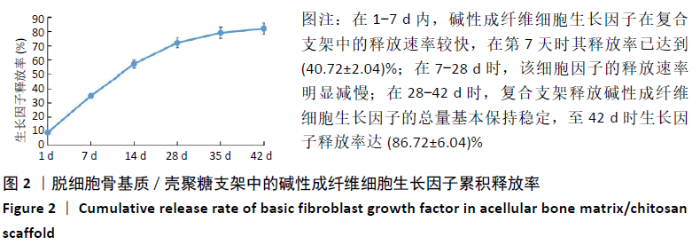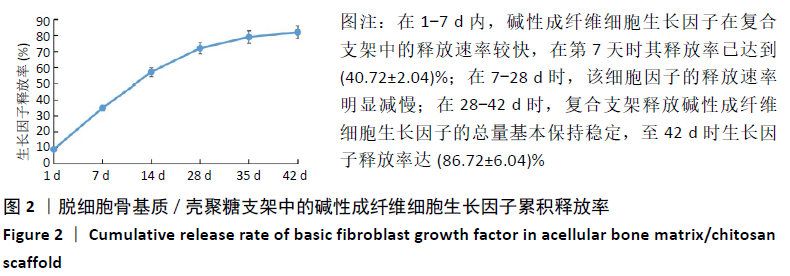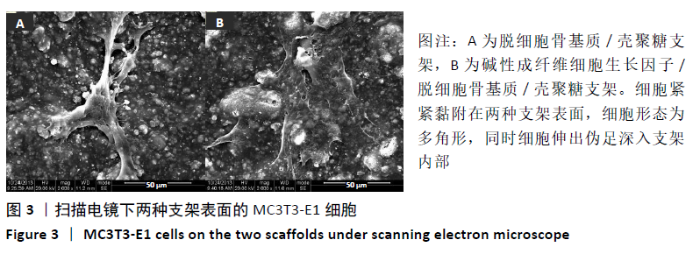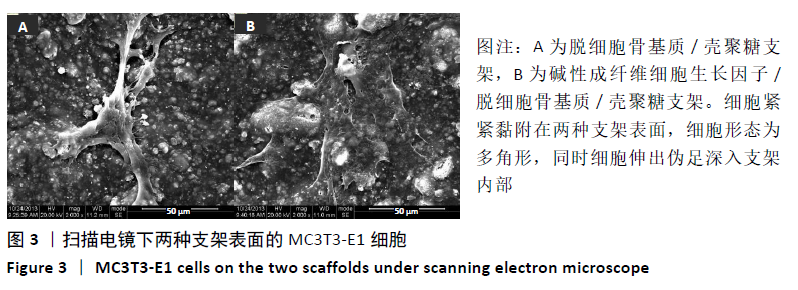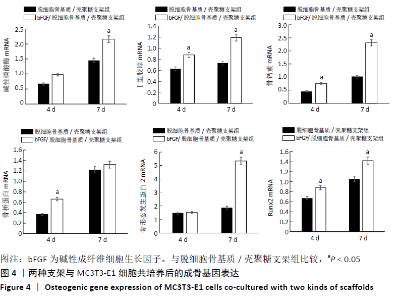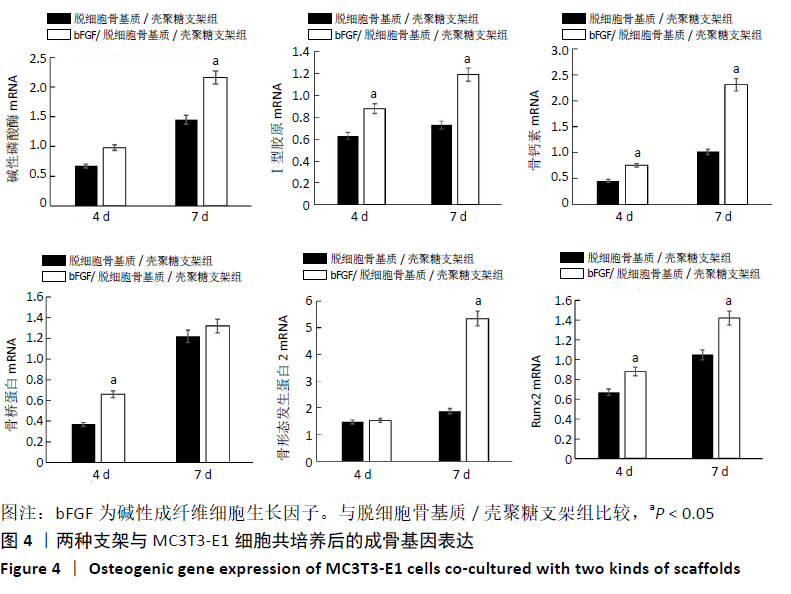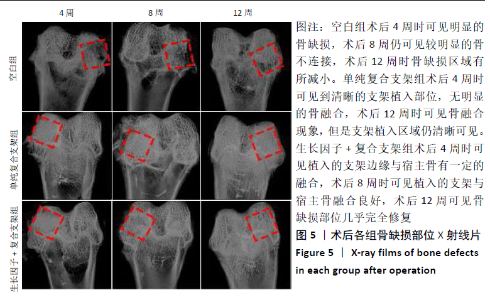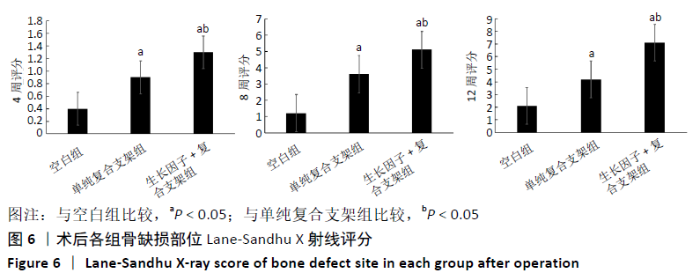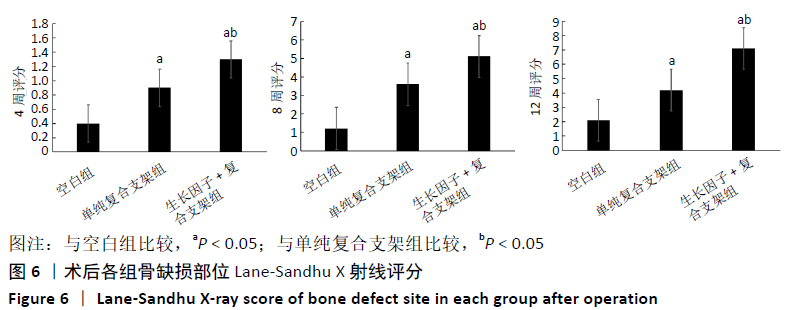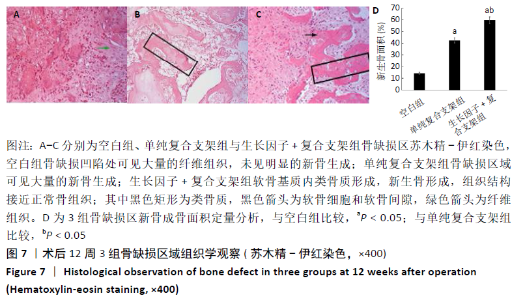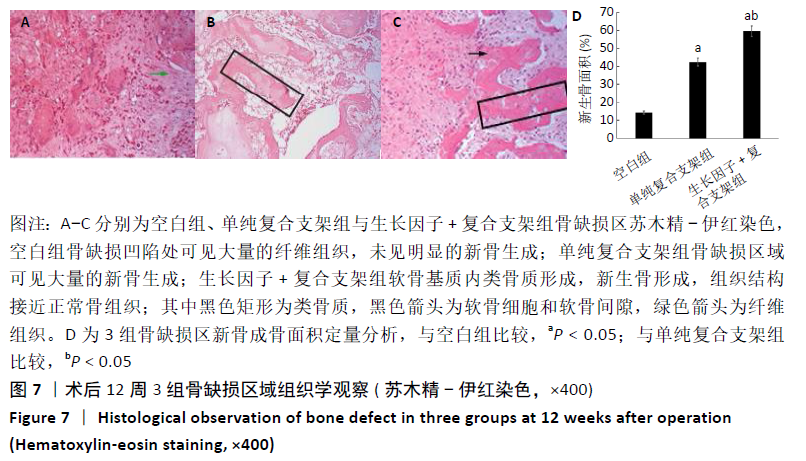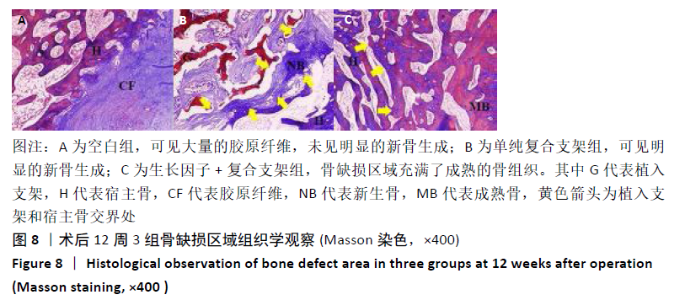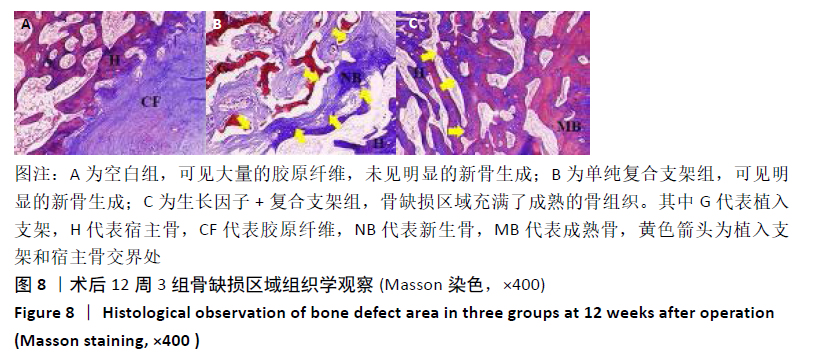[1] CHANDRA RV, SHIVATEJA K, REDDY AA. Autogenous Bone Ring Transplant vs Autologous Growth Factor-Enriched Bone Graft Matrix In Extraction Sockets With Deficient Buccal Bone: A Comparative Clinical Study. Int J Oral Maxillofac Implants. 2019;34(6):1424-1433.
[2] Yoon JR, Seo IW, Shin YS. Use of autogenous onlay bone graft for uncontained tibial bone defects in primary total knee arthroplasty. BMC Musculoskelet Disord. 2017;18(1):502.
[3] Xie H, Wang Z, Zhang L, et al. Extracellular Vesicle-functionalized Decalcified Bone Matrix Scaffolds with Enhanced Pro-angiogenic and Pro-bone Regeneration Activities. Sci Rep. 2017;7:45622.
[4] Mattioli-Belmonte M, Montemurro F, Licini C, et al. Cell-Free Demineralized Bone Matrix for Mesenchymal Stem Cells Survival and Colonization. Materials (Basel). 2019;12(9):1360.
[5] 王雅倩,洪莹莹,周小莉,等.壳聚糖-氧化石墨烯复合水凝胶在骨缺损中的应用[J].生物医学工程研究,2020,39(2):214-218.
[6] 廖健,张霁文,程余婷,等.煅烧骨与羧甲基壳聚糖复合材料修复家兔下颌骨缺损的成骨效果[J].贵州医科大学学报,2020,45(10): 1156-1163.
[7] 刘昊,张永刚,郭全义,等.新型脱细胞骨基质-壳聚糖复合支架的生物相容性研究[J].中国矫形外科杂志,2012,20(23):2174-2178.
[8] 刘昊,张永刚,郭全义,等.新型脱细胞骨基质-壳聚糖骨组织工程支架的制备及性能评价[J].军医进修学院学报,2011,32(6):616-619.
[9] 周琦琪,韩祥祯,张文静,等.碱性成纤维细胞生长因子诱导大鼠骨髓间充质干细胞膜片成骨及成血管分化[J].中国组织工程研究, 2021,25(1):1-5.
[10] MIYANAGA T, UEDA Y, MIYANAGA A, et al. Angiogenesis after administration of basic fibroblast growth factor induces proliferation and differentiation of mesenchymal stem cells in elastic perichondrium in an in vivo model: mini review of three sequential republication-abridged reports. Cell Mol Biol Lett. 2018;23:49.
[11] MA Y, KAKUDO N, MORIMOTO N, et al. Fibroblast growth factor-2 stimulates proliferation of human adipose-derived stem cells via Src activation. Stem Cell Res Ther. 2019;10(1):350.
[12] 崔婷婷,邱泽文,贵林,等.明胶海绵/β-磷酸三钙复合物联合不同剂量碱性成纤维细胞生长因子诱导骨再生的评价[J].中国组织工程研究,2019,23(2):190-195.
[13] 李志跃,朱智波,赵群,等.碱性成纤维细胞生长因子-聚乳酸羟基乙酸微球/羟基磷灰石/聚左旋乳酸有孔骨架材料的生物相容性[J].中国组织工程研究,2018,22(6):914-920.
[14] 陈波杰,曾广轩,钱锐,等.体外冲击波结合富血小板血浆治疗四肢骨折骨不连的临床观察[J].广东医学,2019,40(10):1480-1482,1486.
[15] 邢彦彦.猪膀胱脱细胞基质膜在大鼠卵巢自体移植中的应用与研究[D].上海:中国人民解放军海军军医大学,2020.
[16] 祁研红.脱细胞鱼皮修复断层皮供区和Ⅱ度烧伤创面:系列病例报告[J].中华烧伤杂志,2020,36(2):96.
[17] 朱君毅,张宜家,杜胜虎,等.脊髓脱细胞支架对大鼠脊髓缺损修复的影响[J].解剖学报,2020,51(4):502-506.
[18] Mapara M, Thomas BS. Rabbit as an animal model for experimental research. Dent Res J (Isfahan). 2012;9(1):111-118.
[19] ZHENG H, BAI Y, SHIH MS, et al. Effect of a β -TCP collagen composite bone substitute on healing of drilled bone voids in the distal femoral condyle of rabbits. J Biomed Mater Res B Appl Biomater. 2014;102(2): 376-383.
[20] KOVTUN A, GOECKELMANN MJ, NICLAS AA, et al. In vivo performance of novel soybean/gelatin-based bioactive and injectable hydroxyapatite foams. Acta Biomater. 2015;12(1):242-249.
[21] NOVAIS A, LESIEUR J, SADOINE J, et al. Priming Dental Pulp Stem Cells from Human Exfoliated Deciduous Teeth with Fibroblast Growth Factor-2 Enhances Mineralization Within Tissue-Engineered Constructs Implanted in Craniofacial Bone Defects. Stem Cells Transl Med. 2019; 8(8):844-857.
[22] YOSHIDA T, MIYAJI H, OTANI K, et al. Bone augmentation using a highly porous PLGA/beta-TCP scaffold containing fibroblast growth factor-2. J Periodontal Res. 2015;50(2):265-273. |


